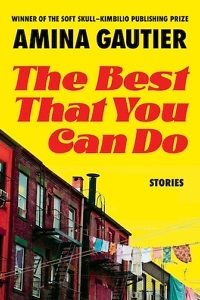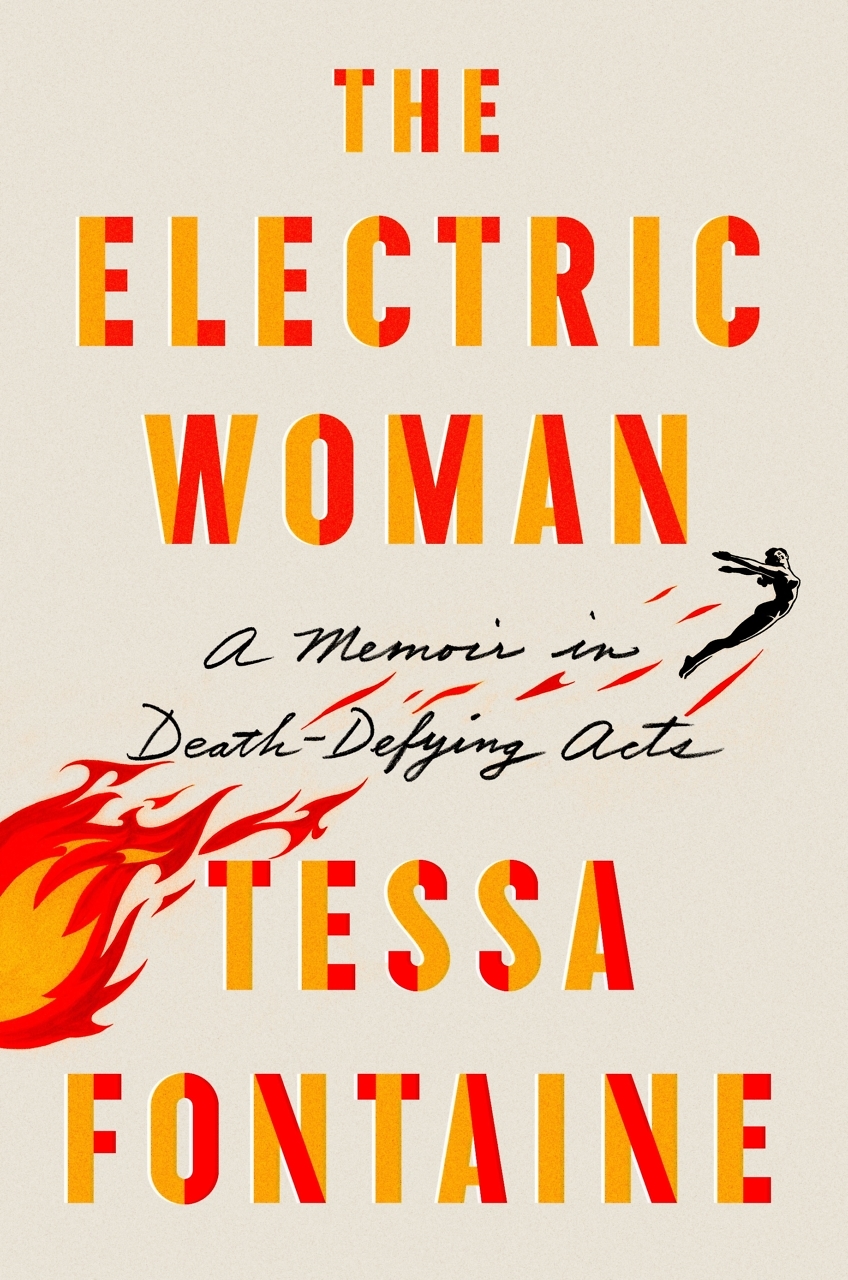On the Brink
Amina Gautier’s stories capture women in moments of metamorphosis
When readers of a certain age see the title of Amina Gautier’s story collection, The Best That You Can Do, they will instinctively recall the theme song from the movie Arthur. Christopher Cross’ catchy chorus, which ponders the dilemma of being “caught between the moon and New York City,” perfectly captures the nostalgic mood of Gautier’s stories. Her characters watch The Love Boat as children, dance to Michael Jackson in high school, and bump to A Tribe Called Quest in college. With TLC singing in the background and Kung Fu Theatre on TV, they stumble through adolescence and struggle to define themselves as adults.

Gautier, a former fellow at the Sewanee Writers’ Conference, groups these stories into five sections, each portraying a stage of life, with its peculiar enticements and anxieties. The first part, “Quarter Rican,” depicts mixed Black and Puerto Rican children who, when their parents separate, are torn between their mother’s Brooklyn and their father’s native island. Instead of spending their summers playing skelly on their block or frolicking at Coney Island, they are flown to San Juan for fresh air and local culture. Gautier shifts perspectives among generations, from parent to child to grandchild. The narratives coalesce around the experiences of an academically gifted young woman who earns a scholarship to a prestigious prep school on Manhattan’s upper west side, a world more foreign than the Puerto Rican village filled with tíos and tías.
In the ensuing sections, her characters (often unnamed) progress through college to graduate school and early careers, confronting a dozen varieties of bad romantic relationships along the way. In one story, Gautier employs we narration to describe young women wearing “tank tops and Daisy Dukes, we’re women now — or at least on the brink.” They draw the attention of men but quickly learn to fear their intentions. At college the romantic settings evolve from car seats to dorm rooms, but the threats remain prevalent.
The stories connect thematically, but they aren’t necessarily the story of a single character. By largely eschewing names, Gautier leaves open the possibility that her women (and some men) adopt new personalities as they move through time and space (New York, Stanford, Philadelphia, Chicago). The college student who endures sexual assault in one story is related to the woman in the next who breaks up with a violent boyfriend, but the nature of that kinship is left for readers to determine.
In all of their embodiments, these characters remain attuned to the historical moment. The you voice of a mother associates the breakdown of her marriage with recent assassinations. “What you know is that it is June 21, 1968, and Martin and Bobby have both been killed and your marriage is now truly over,” she says. “The events are not related, but you’ll never stop putting them together.”
 The Best That You Can Do captures characters in moments of metamorphosis, when they discard the trappings of one life and transition to new identities. In “Come Sunday,” Natalie’s boyfriend William spurns her one night, refusing to engage in a difficult dialogue. The next day, his world is thrown into tumult. “There are women in his living room, helping Natalie pack,” Gautier writes. “The women are not actually noisy. … [I]t is the sound of their efficiency that has jarred him awake.” Could William have prevented Natalie’s departure by exhibiting real concern for her, rather than acting “like a boy in grade school, showing affection through meanness”? William has plenty of time to mull over the question; Natalie, we are certain, won’t be coming back.
The Best That You Can Do captures characters in moments of metamorphosis, when they discard the trappings of one life and transition to new identities. In “Come Sunday,” Natalie’s boyfriend William spurns her one night, refusing to engage in a difficult dialogue. The next day, his world is thrown into tumult. “There are women in his living room, helping Natalie pack,” Gautier writes. “The women are not actually noisy. … [I]t is the sound of their efficiency that has jarred him awake.” Could William have prevented Natalie’s departure by exhibiting real concern for her, rather than acting “like a boy in grade school, showing affection through meanness”? William has plenty of time to mull over the question; Natalie, we are certain, won’t be coming back.
Many of Gautier’s male characters similarly lack self-awareness and tend to combine egotism with insecurity. A man feels “emasculated” if a woman offers to pay half of a restaurant tab; if he pays the full bill, he feels entitled to harass her by phone for the next two weeks. One woman, dipping her toes into the dating pool, is astonished by the juvenile attitudes of the men she finds. “As long as he doesn’t flood her inbox with pictures of his penis, she should thank her lucky stars,” she thinks. “How could she guess that the bar had fallen so low?” Not all of the men are clueless reprobates, but one senses that Gautier’s artistic gaze is trained on the lives of women.
At its best, Gautier’s prose attains poetic efficiency, a haiku-like capacity for capturing complex emotional states with succinct imagery. One character tells her mother about a breakup, “How he saw me as more womb than woman. … How I’d gone into it for love and nearly settled for erasure.” Another looks at photographs of her grandmother and realizes that throughout the decades she has molted identities like a snake. “My grandmother slipped out of her skin, and as it stood there empty, I slipped in.”

Sean Kinch grew up in Austin and attended Stanford. He earned a Ph.D. from the University of Texas. He now teaches English at Montgomery Bell Academy in Nashville.


